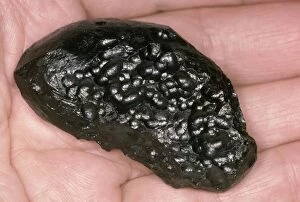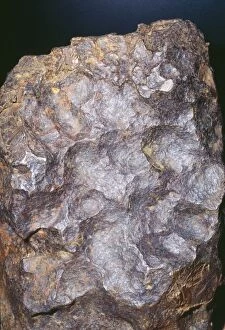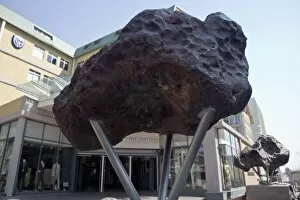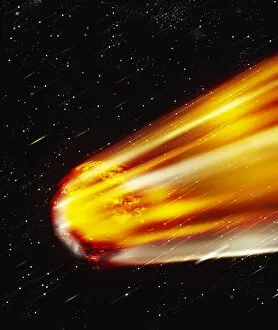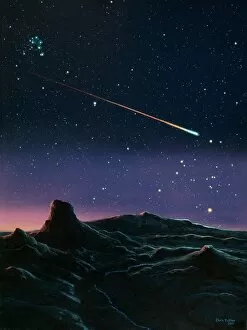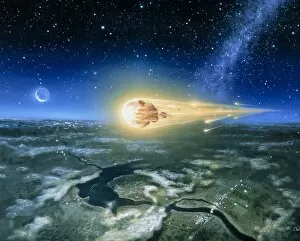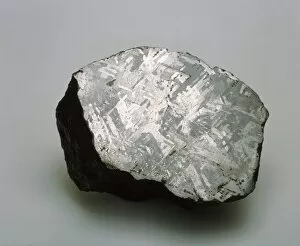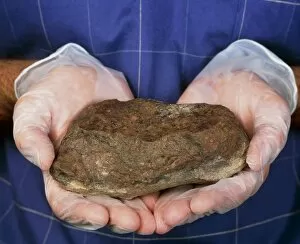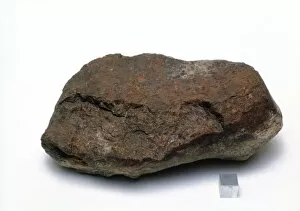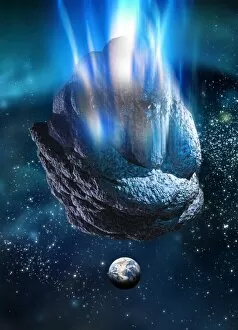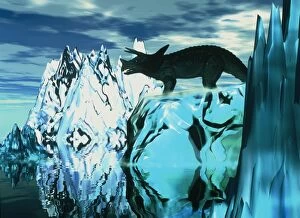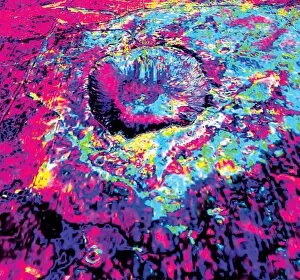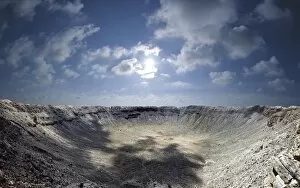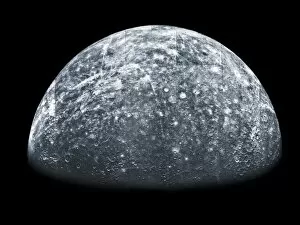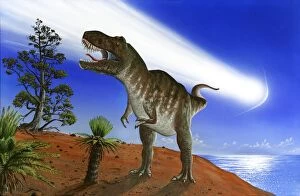Meteorite Collection (page 9)
"Exploring the Mysteries of Meteorites: From Barringer Crater to Muonionalusta-Kirunu Norbotten" Did you know that the Barringer Meteor crater, located east of Flagstaff
For sale as Licensed Images
Choose your image, Select your licence and Download the media
"Exploring the Mysteries of Meteorites: From Barringer Crater to Muonionalusta-Kirunu Norbotten" Did you know that the Barringer Meteor crater, located east of Flagstaff, Arizona, USA, stretches an impressive 3/4 mile wide? This colossal impact site serves as a reminder of the immense power and beauty of meteorites. Meteorolites and meteorites have fascinated scientists for centuries. These extraterrestrial rocks hold valuable clues about our universe's origins and composition. Take the Nakhla meteorite, for example - it fell in Egypt in 1911 and provided crucial insights into Martian geology. Ever wondered what a slice of Canyon Diablo meteorite looks like? Its mesmerizing patterns reveal its cosmic journey through space before crashing onto Earth. Similarly, Masjid Al Haram in Mecca houses fragments from various celestial bodies that have captivated believers for generations. Travel back billions of years to Early Precambrian Earth when meteor showers were more frequent than today. These fiery spectacles left their mark on ancient rock formations worldwide; one such engraving depicts a stunning meteor fireball etched into stone. The Hoba West meteorite deserves special mention due to its colossal size - weighing over 60 tons. Discovered in Namibia, this iron giant remains one of the largest single pieces ever found on Earth. For those interested in chemistry, the Murchison CM2 carbonaceous chondrite is a treasure trove. This remarkable specimen contains organic compounds that shed light on life's building blocks within our solar system. Imagine encountering a Tyrannosaurus rex during prehistoric times - now picture it under an awe-inspiring shower of meteors streaking across the sky. An artist's impression brings this thrilling scene to life while reminding us how these celestial events shaped our planet's history. Delving deeper into specific examples like Muonionalusta-Kirunu Norbotten in Sweden, we discover a cross-section of the meteorite.

